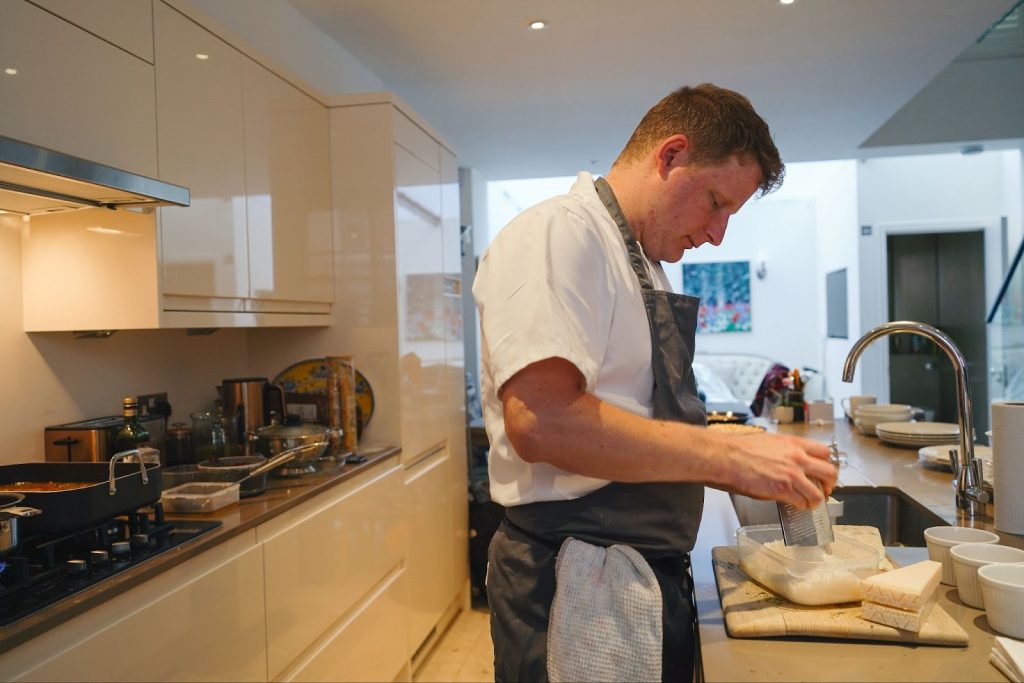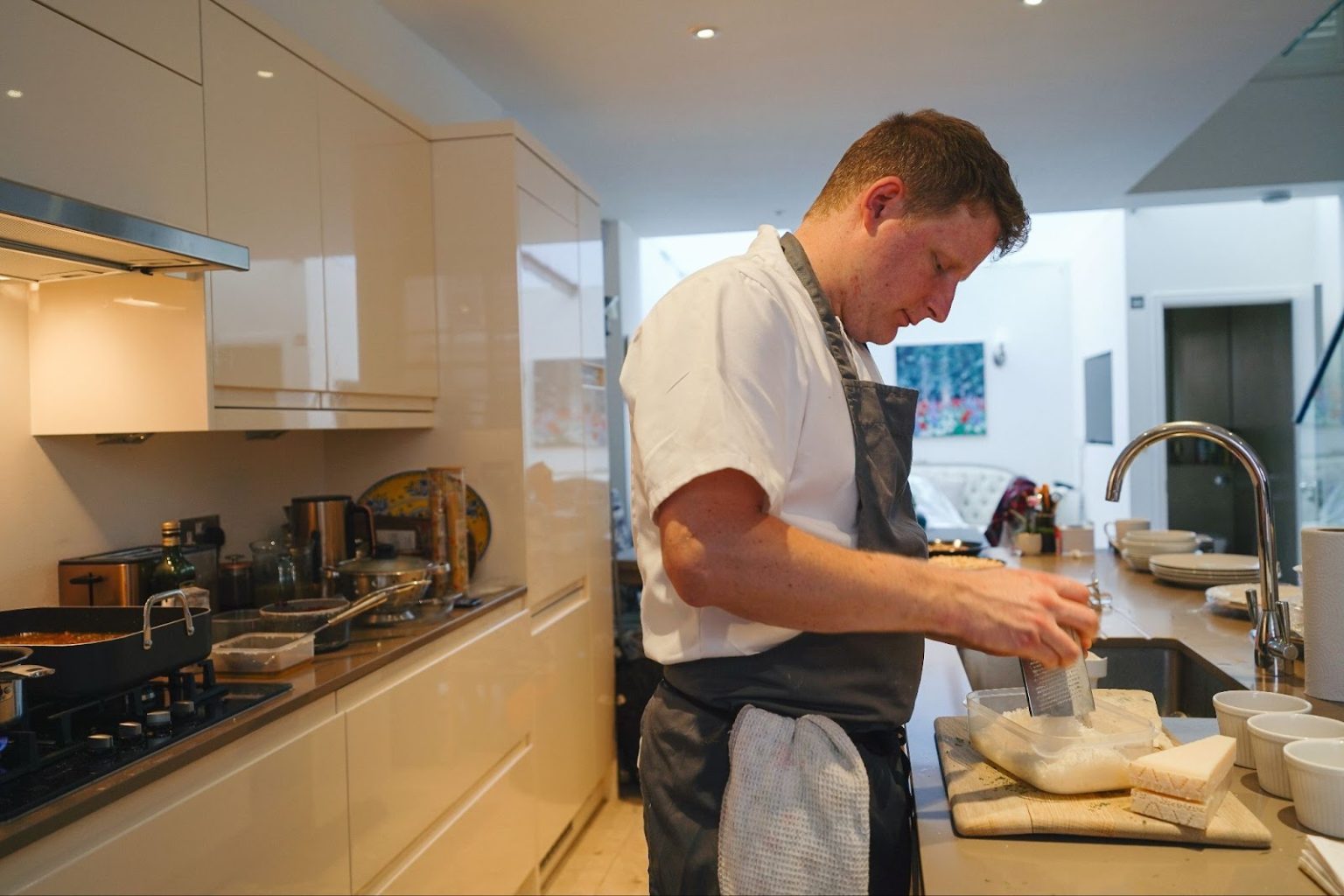Across the UK, a quiet shift is taking place in how people gather around food. More hosts are inviting private chefs into their homes, seeking something that goes beyond convenience or presentation. These chefs bring their heritage, their craft, and their stories—woven into every dish they serve. Ingredients become more than flavour; they carry memories, places, and personal histories.
Guests respond not just to the taste, but to the feeling behind it. A shared table turns into a space for cultural exchange, where conversation and cuisine move side by side. The rise of private dining has opened a new stage for storytelling, one where the meal itself becomes a narrative.
In this blog, we explore how private chefs across the UK are using food to tell meaningful stories, connect with guests on a deeper level, and turn each menu into a living, breathing reflection of identity.
Memory on a Plate: Why Ingredients Carry Meaning
Behind every menu lies a deeper thread—one that traces a personal route through culture, geography, and memory. For private chefs, ingredients aren’t just chosen for flavour or technique. They carry meaning. A single element on a plate can evoke generations.
Chef Cedric, working in Surrey, speaks openly about how his food draws from heritage and emotion. When he prepared deep-fried rice and peas at an event, it wasn’t just a creative take. It was a memory made edible. Two guests, moved by the taste, recognised it instantly. It reminded them of Sundays in their grandmother’s kitchen. “They screamed, ‘Oh my days!’” Cedric recalls. In that moment, the dish became a shared language between chef and guest. It spoke to belonging and home.
For Chef Caitlin in Cornwall, the land itself informs her menus. She builds each dish with ingredients that grow naturally in her surroundings. Cornish hake with wild garlic becomes not just a regional dish, but a reflection of place. “Wild garlic is everywhere here,” she says. “I pick it myself sometimes.” Her plates celebrate the landscape she grew up in. Guests aren’t just eating a local fish—they’re tasting the coastline.
Chef Dan approaches storytelling from another angle. His menus focus on underrepresented Thai dishes, the kind rarely seen on high-street menus. He introduces flavours like fermented crab and regional spice blends with quiet care, often offering context along the way.
Dan studied history before entering the kitchen. His understanding of food is layered—culinary and cultural at once. When he explains why a dish appears only in southern Thailand or how it travelled through colonial trade routes, guests lean in. Through his cooking, they learn not just what’s on their plate but where it came from and why it matters.
Each of these chefs offers more than a meal. They offer an invitation into their world, using ingredients as the entry point.
The Chef as Storyteller, Not Just Cook
Unlike in a restaurant, private chef platforms like yhangry empower chefs to step out from behind the kitchen door. They design the experience from start to finish—and the story starts before the first course is served.
Chef Ben, a MasterChef finalist and longtime private chef, doesn’t begin with recipes. He begins with questions. What do you remember eating as a child? What meal takes you back to a happy time? What did you eat on your honeymoon? These conversations help him build menus that mean something. For one couple, he recreated a dish they had eaten on their first trip abroad together. For another, he crafted a slow-cooked rice dish that echoed a grandparent’s kitchen. One guest cried at the table, overwhelmed not by spice or richness, but by memory. “She said it felt like a hug,” Ben says.

Chef Christian echoes that emotional connection. After years in Michelin-starred restaurants, he turned to private dining to follow his own values. “I get to create multi-course experiences tailored entirely to each event,” he says. From themed cocktails to culinary timelines, Christian uses food to tell stories that unfold over an evening. For him, the goal is impact. Not excess, but resonance.
These chefs understand something central: food becomes powerful when it feels personal. Their storytelling doesn’t happen in a script. It happens in small moments—through the menu, the textures, and the timing of each course. The host might not realise how deeply a story is being told until a guest smiles in recognition.
Dining as Performance: Plating, Presence, and Participation
Storytelling also happens without words. It happens in how food looks, how it arrives, and how it lives in the room.
Chef Alexander, once an architect, brings design principles to every plate. His food doesn’t just sit—it stands, layers, curls, and flows. “There’s usually a gasp,” he says. “Then silence while everyone takes photos.” For him, plating is a kind of structure. Each course has a rhythm, a visual cue, a shape that hints at its meaning. A tangle of microgreens isn’t just garnish—it represents the winding cliff paths of the Cornish coast. His guests remember not just the taste, but the way the food made them feel before the fork touched it.
Chef Eduard, based in Birmingham, creates more than meals. He creates scenes. He prepares dishes in front of his guests, speaking as he cooks. The room becomes a shared kitchen. “Food has always brought people together,” he says. “I want people to see it come to life.” With each flip of the pan and pour of a sauce, he brings guests deeper into the experience.
This live aspect adds a layer of immediacy. Guests aren’t passive. They ask questions. They share their own food stories in return. In that exchange, the performance becomes a conversation—and the story expands beyond the chef.
Conclusion: A Meal That Speaks
In today’s dining culture, food carries more than flavour. It carries meaning, memory, and identity. Private chefs across the UK are leaning into this shift, turning ingredients into tools of storytelling and dinners into moments of shared discovery.
Their dishes speak softly, but clearly. They say, “This is where I come from.” Or, “This reminds me of home.” Or sometimes, “Let me show you something you didn’t know you loved.”
In these kitchens, every menu tells a story. And every guest becomes part of it.



